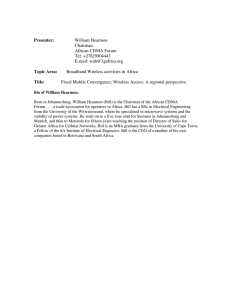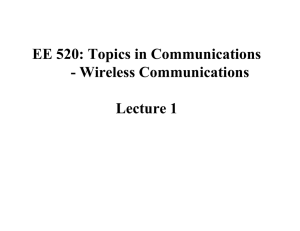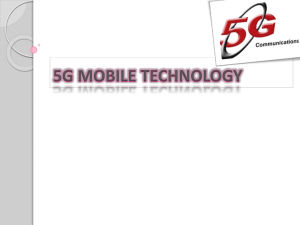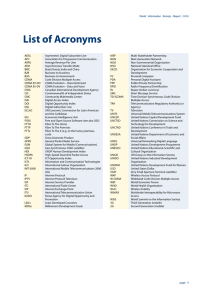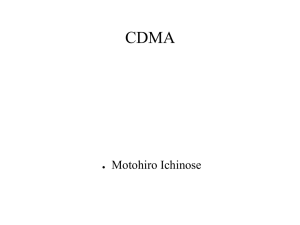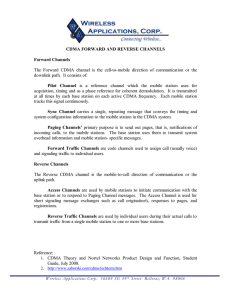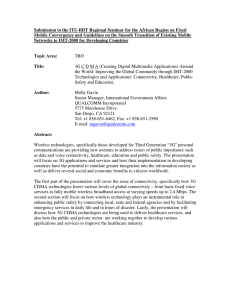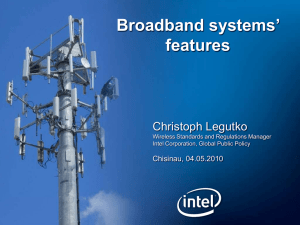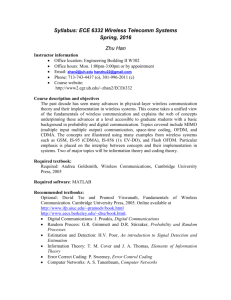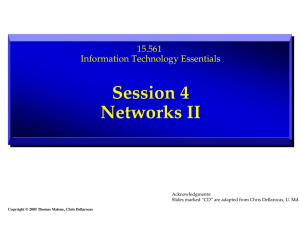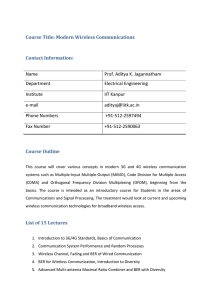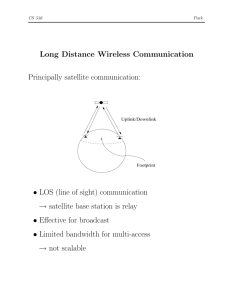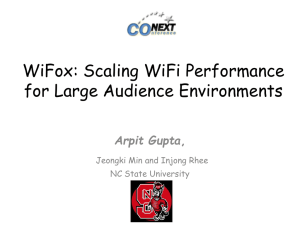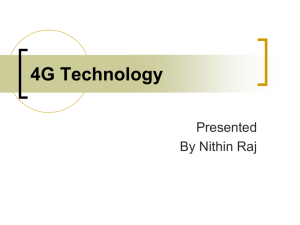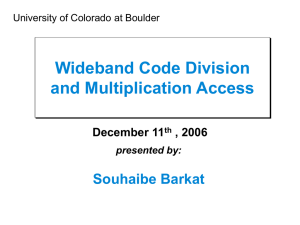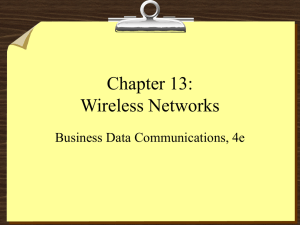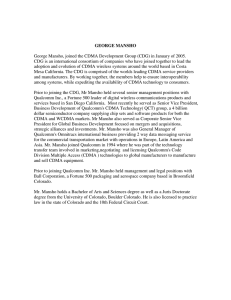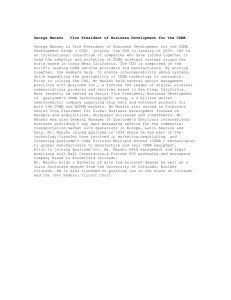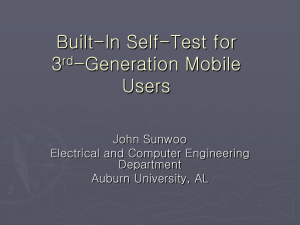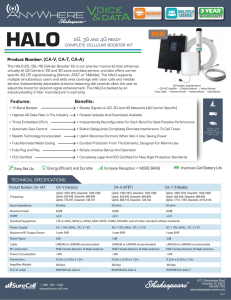EE520: Topics in Communications -Wireless Communications Spring 2006 Project Information
advertisement
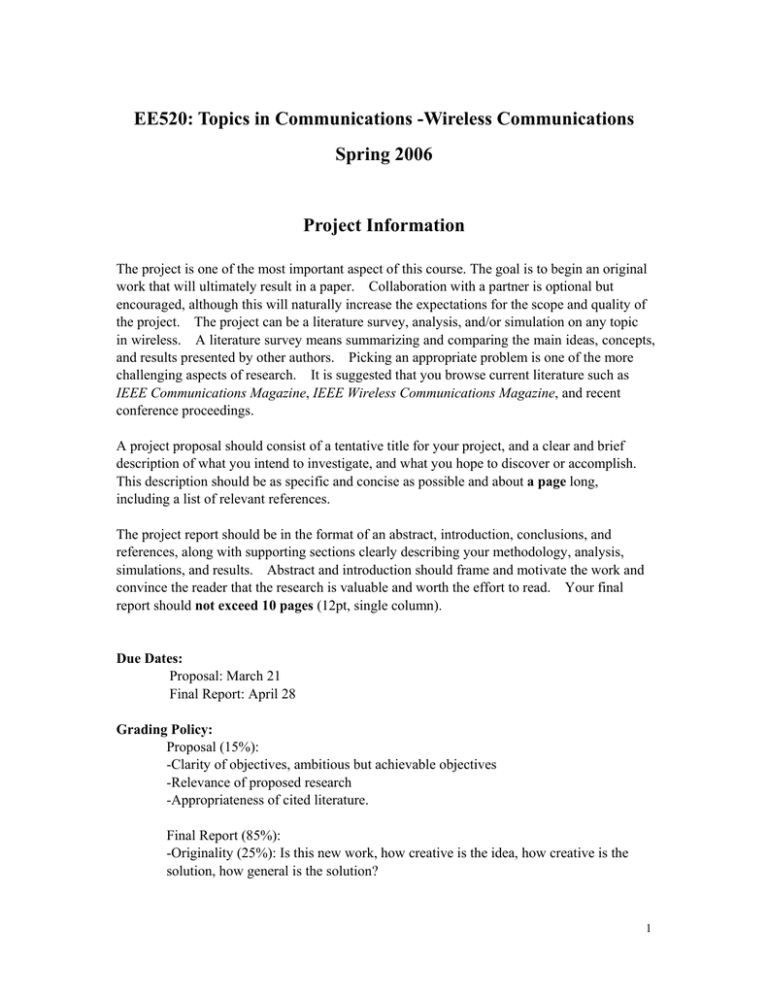
EE520: Topics in Communications -Wireless Communications Spring 2006 Project Information The project is one of the most important aspect of this course. The goal is to begin an original work that will ultimately result in a paper. Collaboration with a partner is optional but encouraged, although this will naturally increase the expectations for the scope and quality of the project. The project can be a literature survey, analysis, and/or simulation on any topic in wireless. A literature survey means summarizing and comparing the main ideas, concepts, and results presented by other authors. Picking an appropriate problem is one of the more challenging aspects of research. It is suggested that you browse current literature such as IEEE Communications Magazine, IEEE Wireless Communications Magazine, and recent conference proceedings. A project proposal should consist of a tentative title for your project, and a clear and brief description of what you intend to investigate, and what you hope to discover or accomplish. This description should be as specific and concise as possible and about a page long, including a list of relevant references. The project report should be in the format of an abstract, introduction, conclusions, and references, along with supporting sections clearly describing your methodology, analysis, simulations, and results. Abstract and introduction should frame and motivate the work and convince the reader that the research is valuable and worth the effort to read. Your final report should not exceed 10 pages (12pt, single column). Due Dates: Proposal: March 21 Final Report: April 28 Grading Policy: Proposal (15%): -Clarity of objectives, ambitious but achievable objectives -Relevance of proposed research -Appropriateness of cited literature. Final Report (85%): -Originality (25%): Is this new work, how creative is the idea, how creative is the solution, how general is the solution? 1 -Organization (25%): Good flow of explanation, proper use of figures, easy to follow development of your ideas, easy to identify your contributions? -Technical Content and Execution (25%): Are the technical contents strong and thorough? How well do you deliver on your proposal, how well do you accomplish the claims made in the abstract, how clear is your analysis, does this work thoroughly cover the proposed area? -References (10%): All relevant research cited, good discussion of previous state-ofthe-art? Some Potential Project Areas: o Multi-carrier modulation and OFDM o A comparison of diversity techniques o Adaptive modulation for CDMA and OFDMA o MIMO systems o Multi-user detection, Interference cancellation o Power control for CDMA systems o Handoff algorithms for cellular systems o Capacity analysis (including multiple cells, fading, multipath) o Software-defined radios o Sensor networks o Energy constrained communications o RFID technology o Cross-layer design for ad hoc networks o Multi-mode handsets (Wireless LAN and cellular) o Hybrid multiple access techniques for uplink/downlink (e.g. CDMA uplink, OFDMA downlink) o Cooperative communications o Ultrawideband (UWB) systems o Cognitive radios 2

